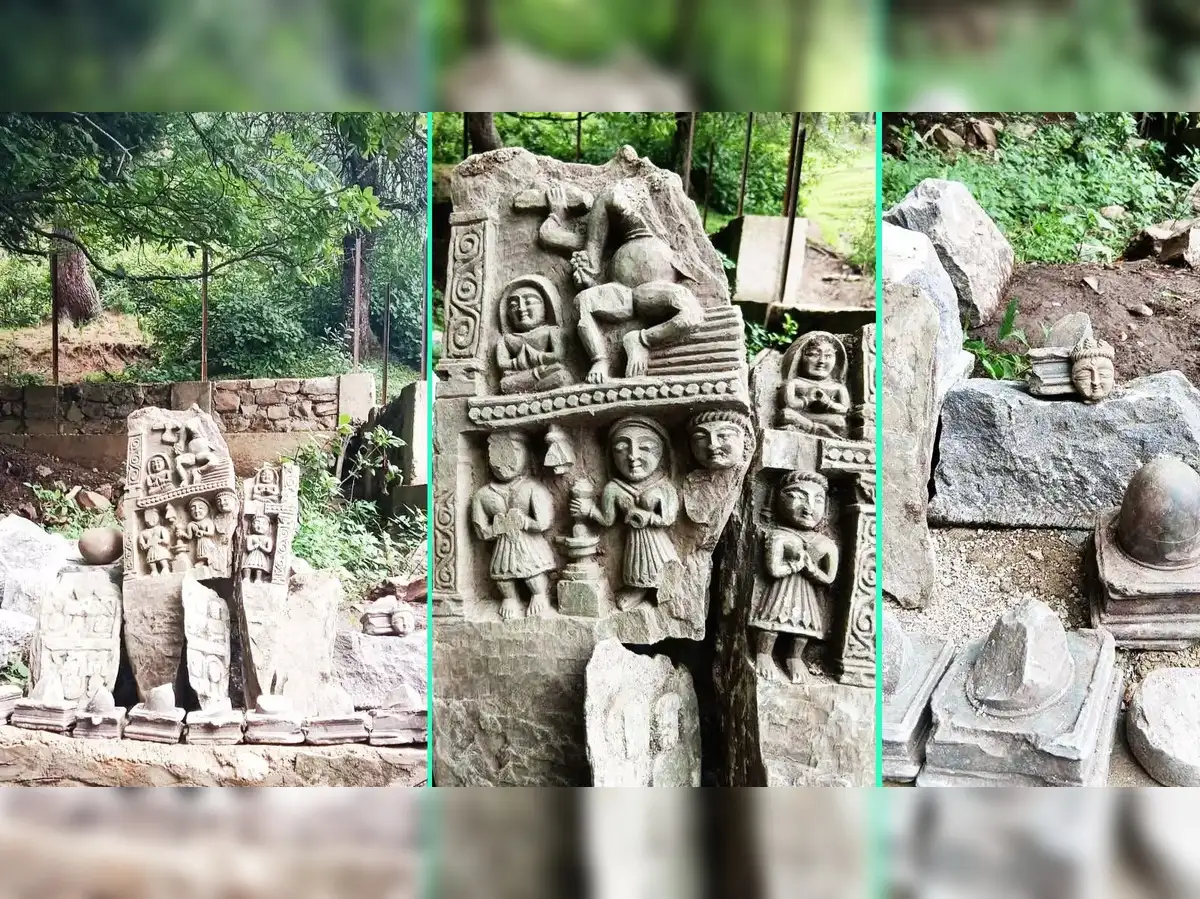
Ancient Hindu Idols Unearthed in J&K: A Glimpse into Karkoota Dynasty Heritage
The recent excavation in the Anantnag district of southern Kashmir has unveiled ancient Hindu idols and Shivlings, marking a pivotal moment for archaeology and history enthusiasts alike. These remarkable findings were discovered by labourers during a spring renovation project at a site thought to be linked to the Karkoota dynasty, which thrived between 625 and 855 AD.
Located at Karkoot Nag in the Salia area of Aishmuqam, the site holds deep historical significance, especially for the Kashmiri Pandit community. The excavation yielded 15 ancient idols, prominently featuring 11 Shivlings, along with a damaged sculpture that depicts multiple deities. This diversity highlights the religious importance of the site.
Local legends indicate that this sacred site was once home to an earlier temple where the Shivlings may have been enshrined. As interest in preserving this cultural heritage grows, plans are underway to restore the site, reaffirming its importance for current and future generations.
The ancient idols and Shivlings will soon be transferred to the SPS Museum in Srinagar for further analysis. This will include material testing and carbon dating, crucial steps in uncovering the historical context of these artifacts.
This archaeological discovery not only enhances our understanding of Kashmir’s history as a pivotal center of Hindu practices but also reemphasizes the region's ties to ancient dynasties like the Karkoota. It serves as a reminder of the need to protect these sites, which remain vital to local communities and historians passionate about preserving the past.
